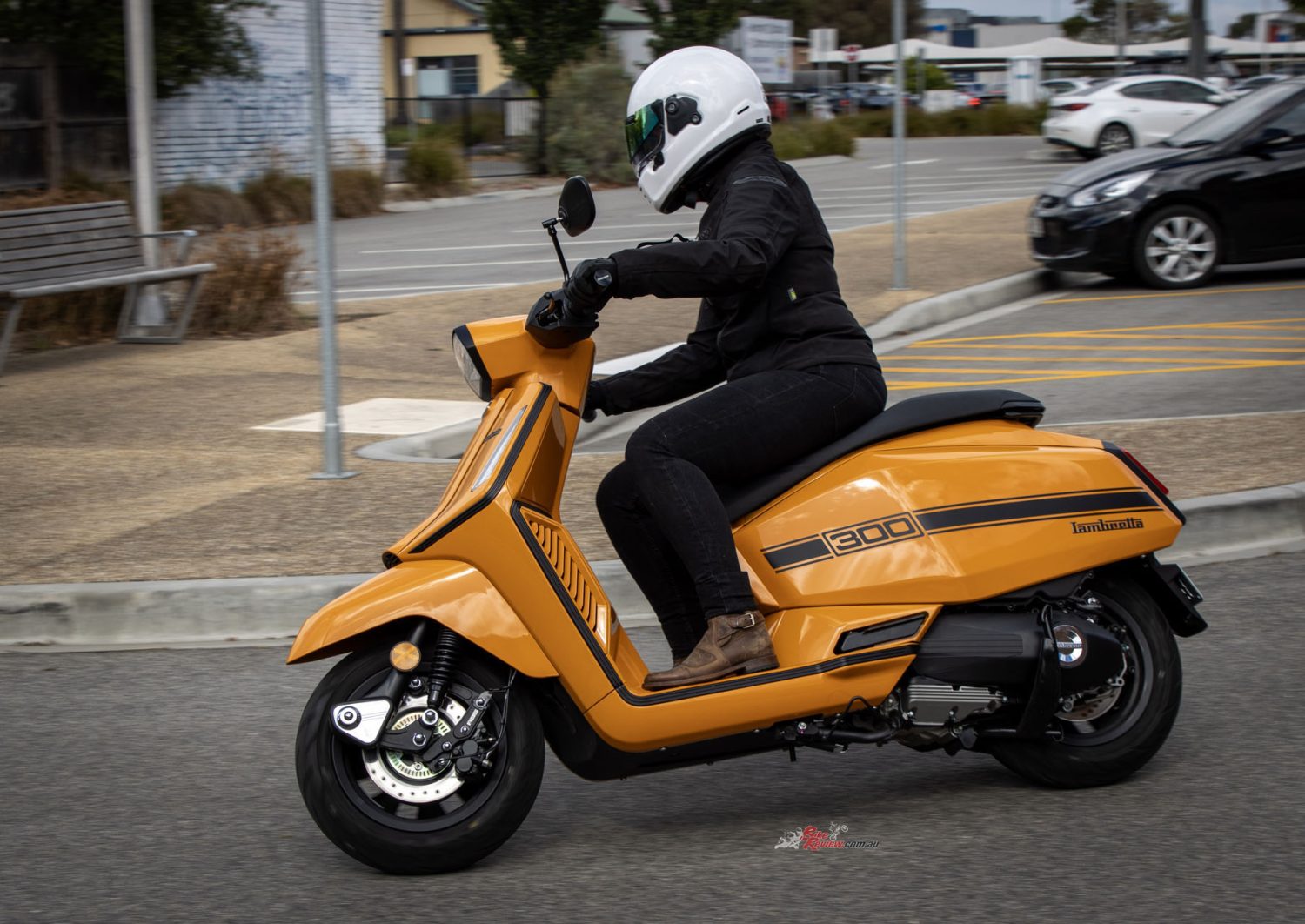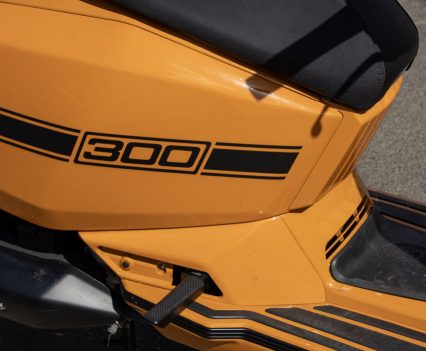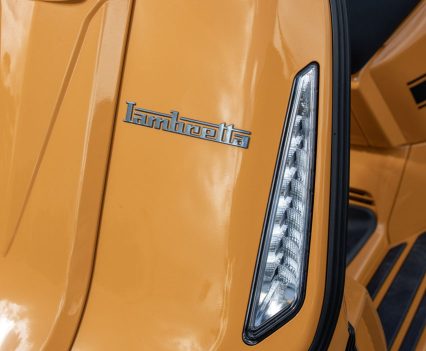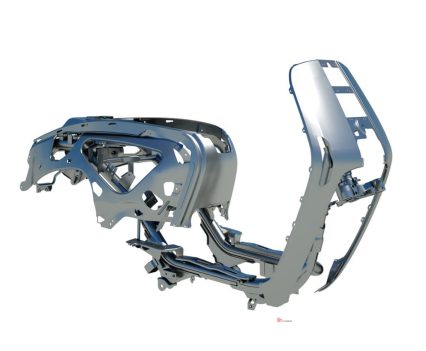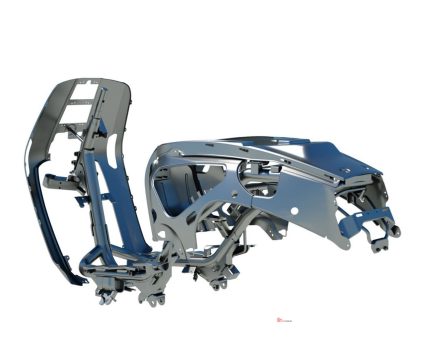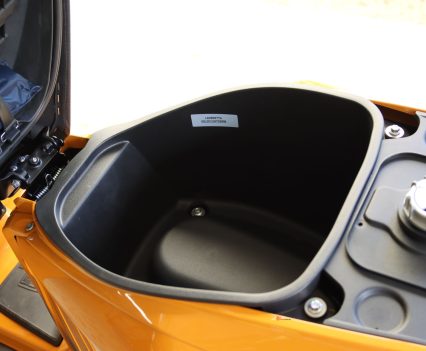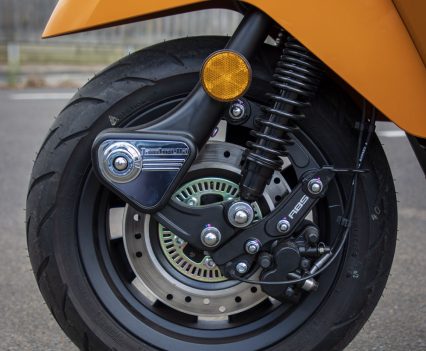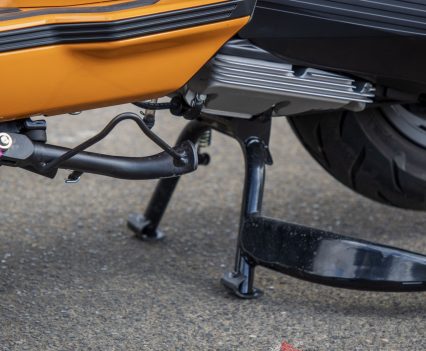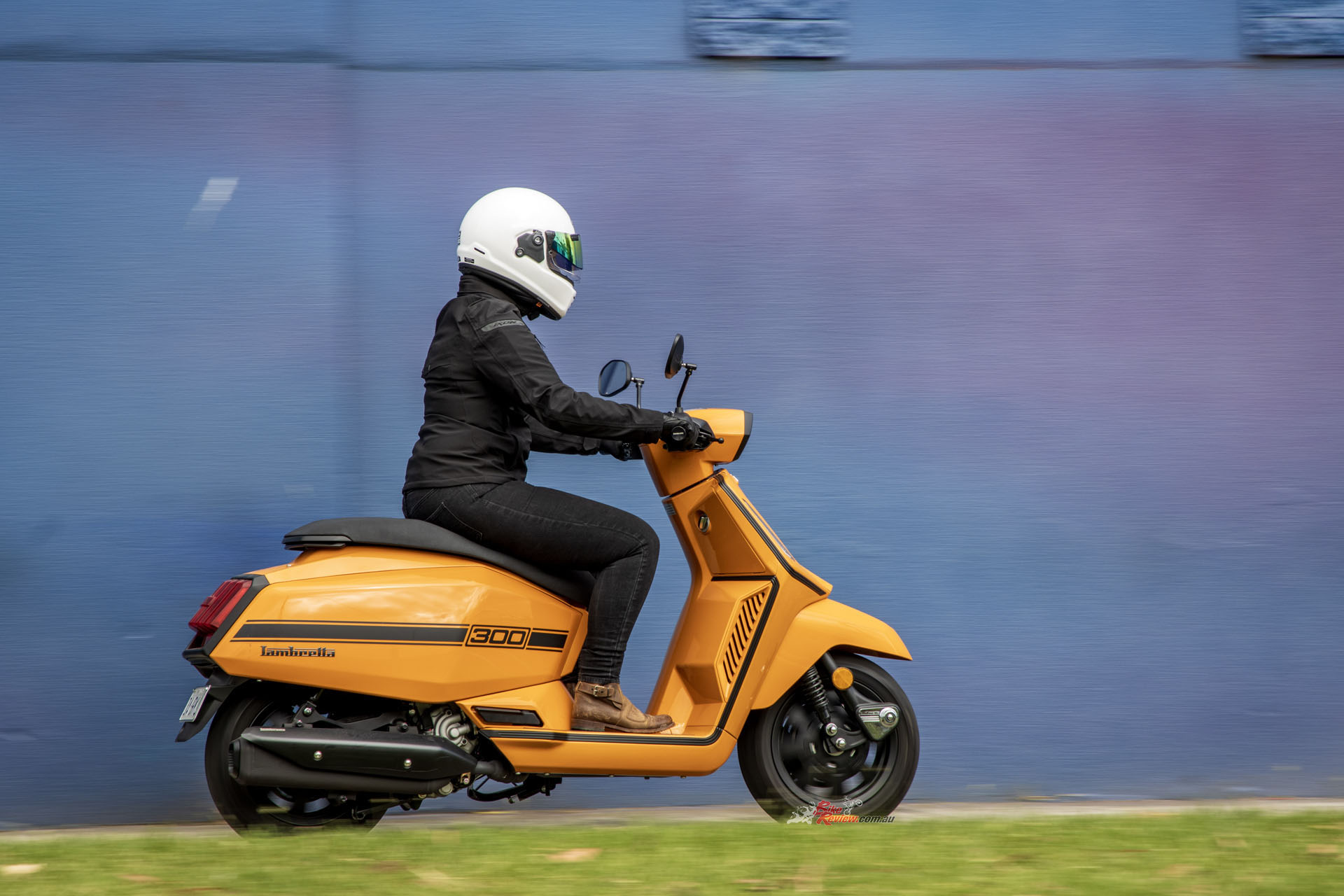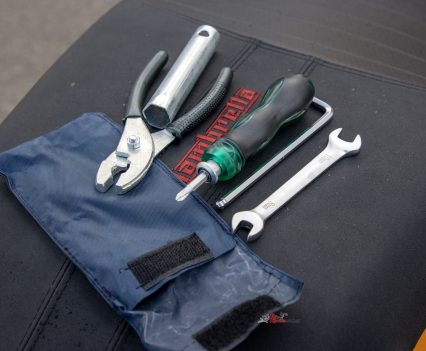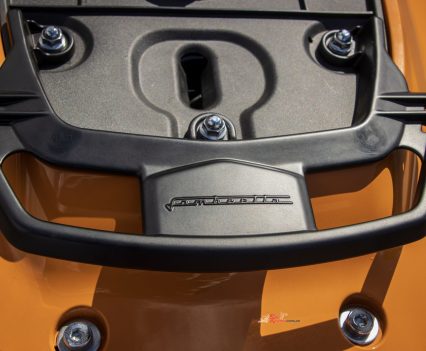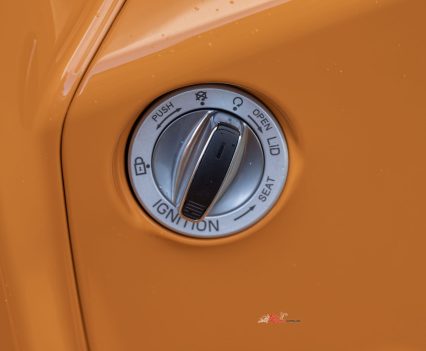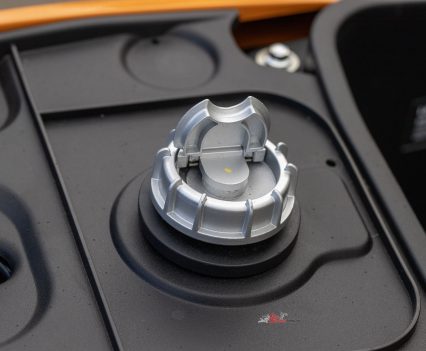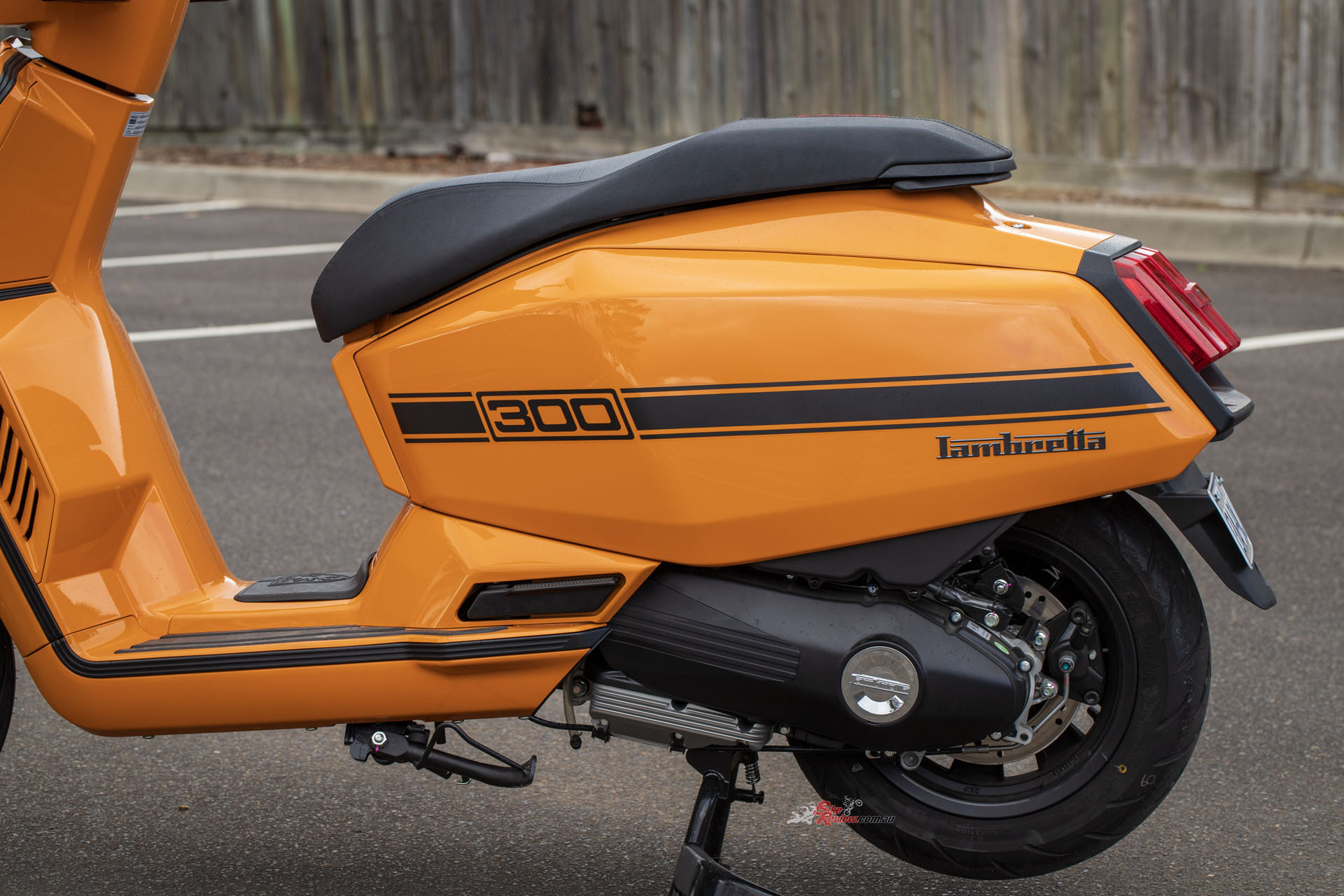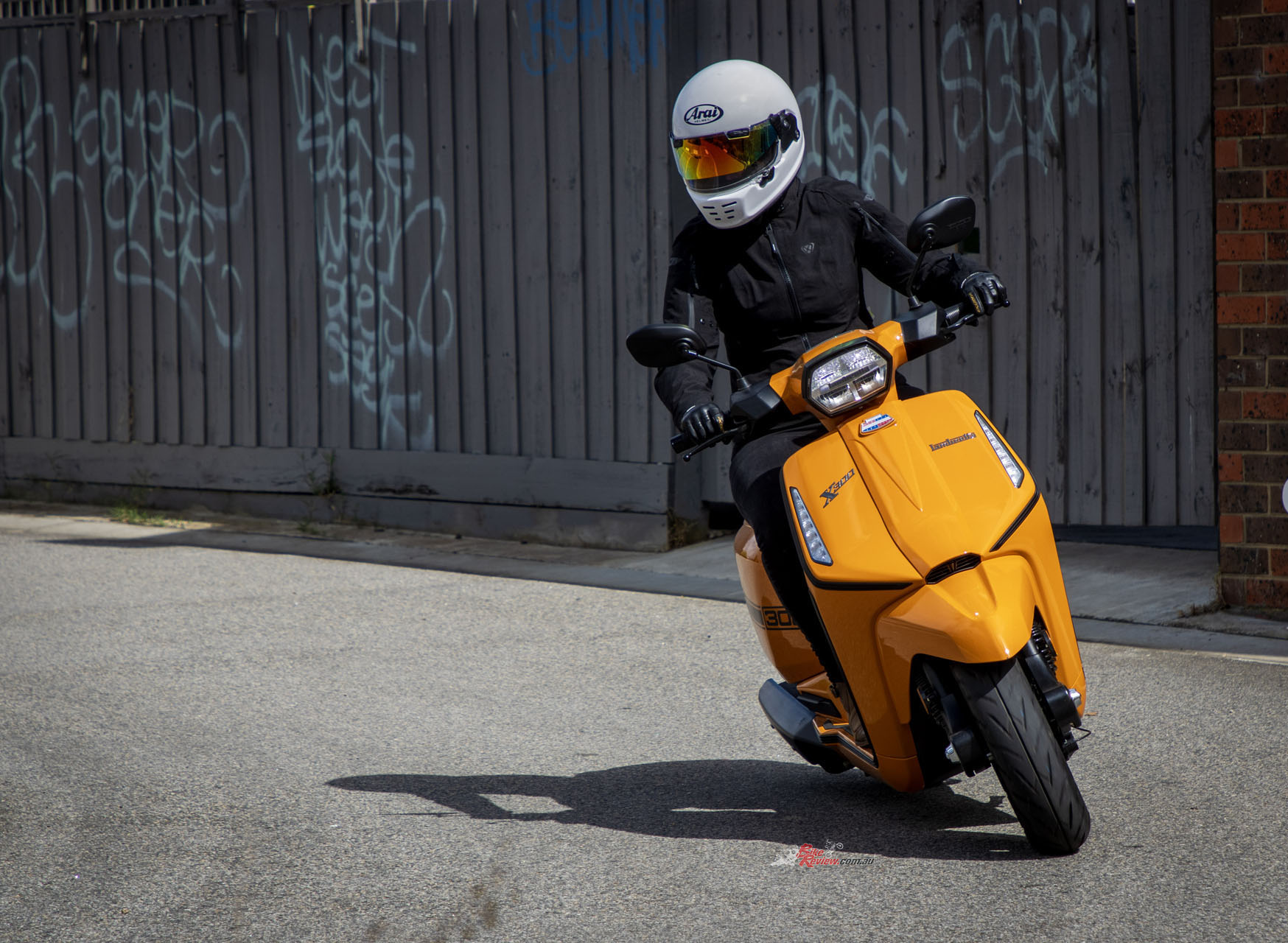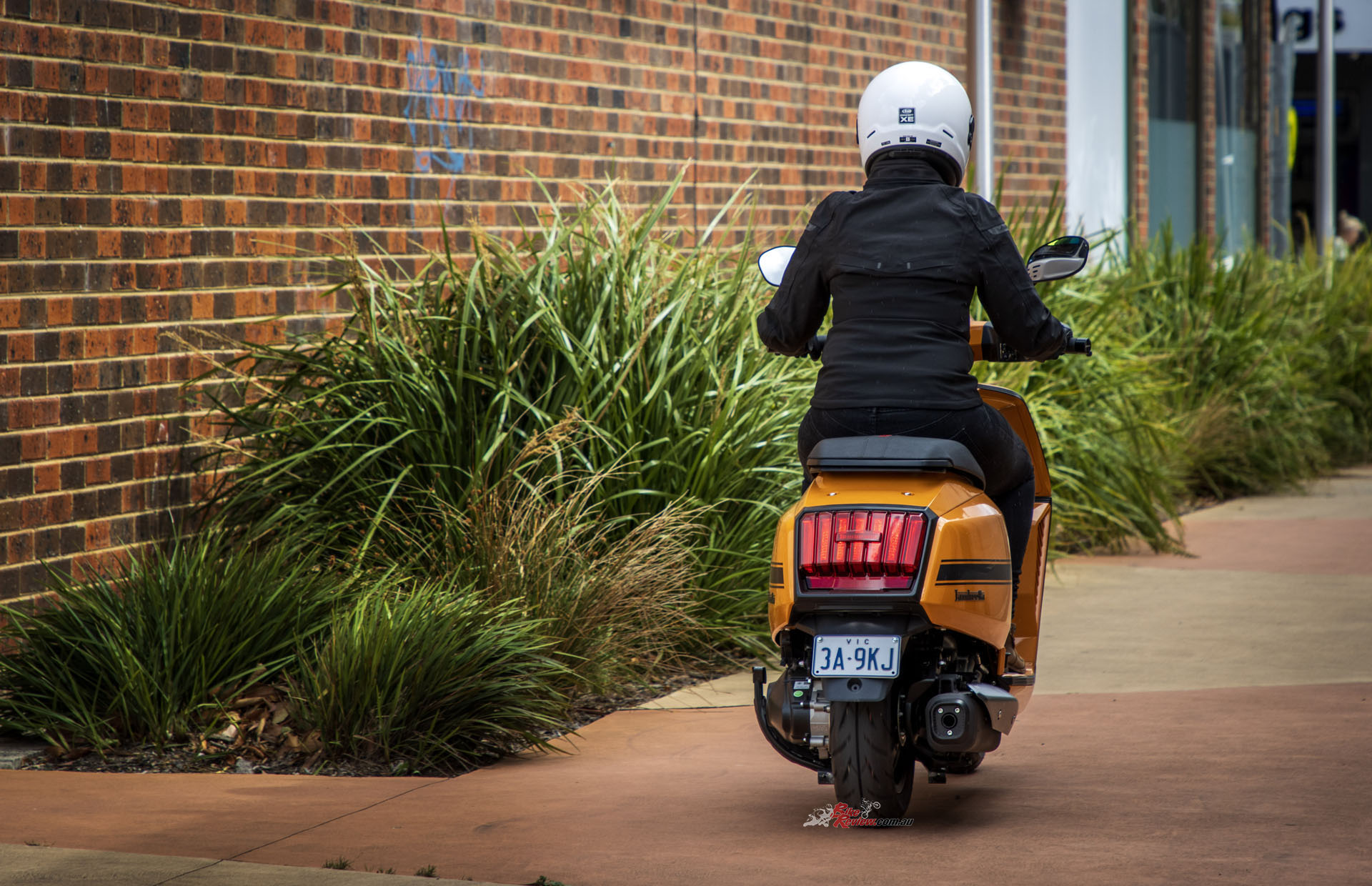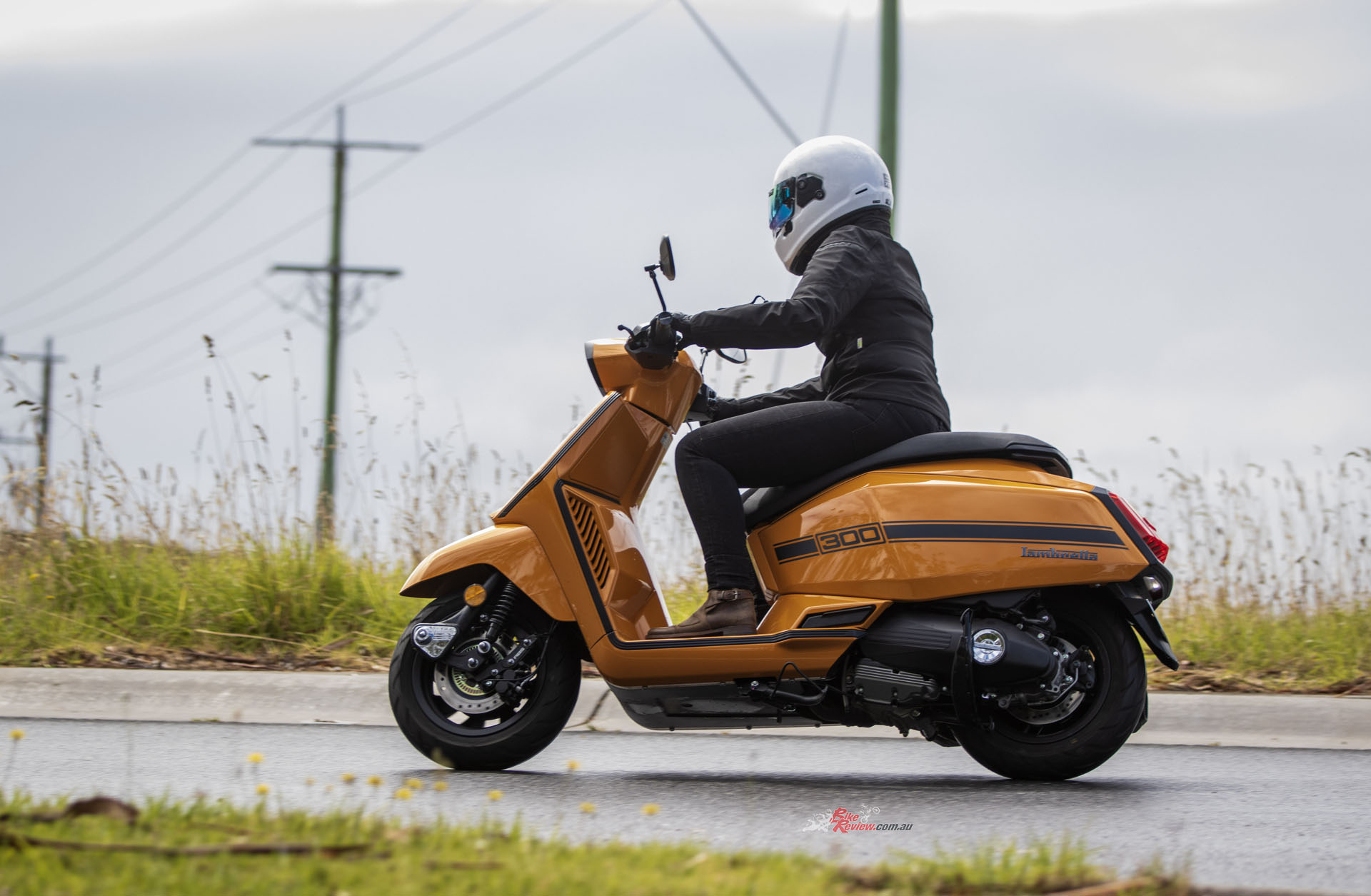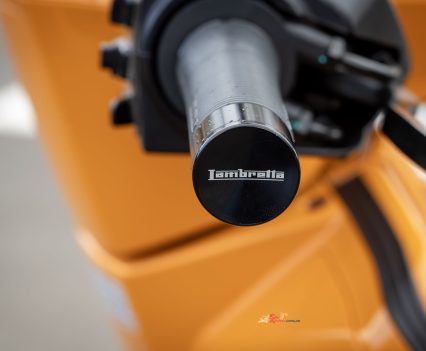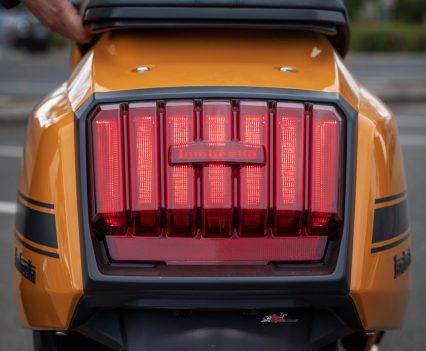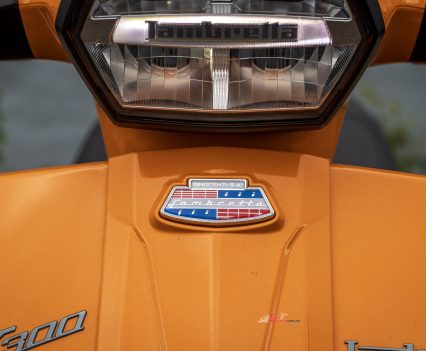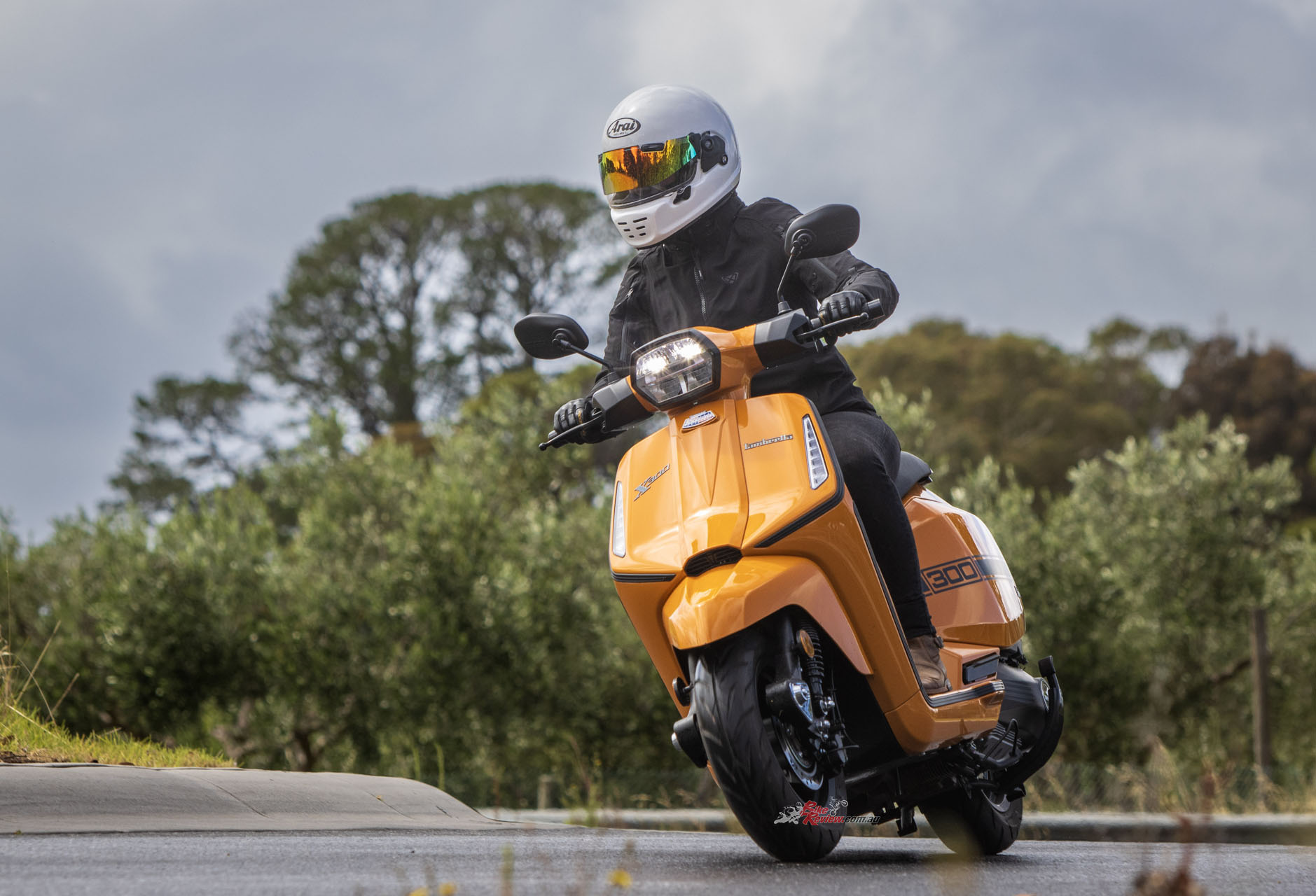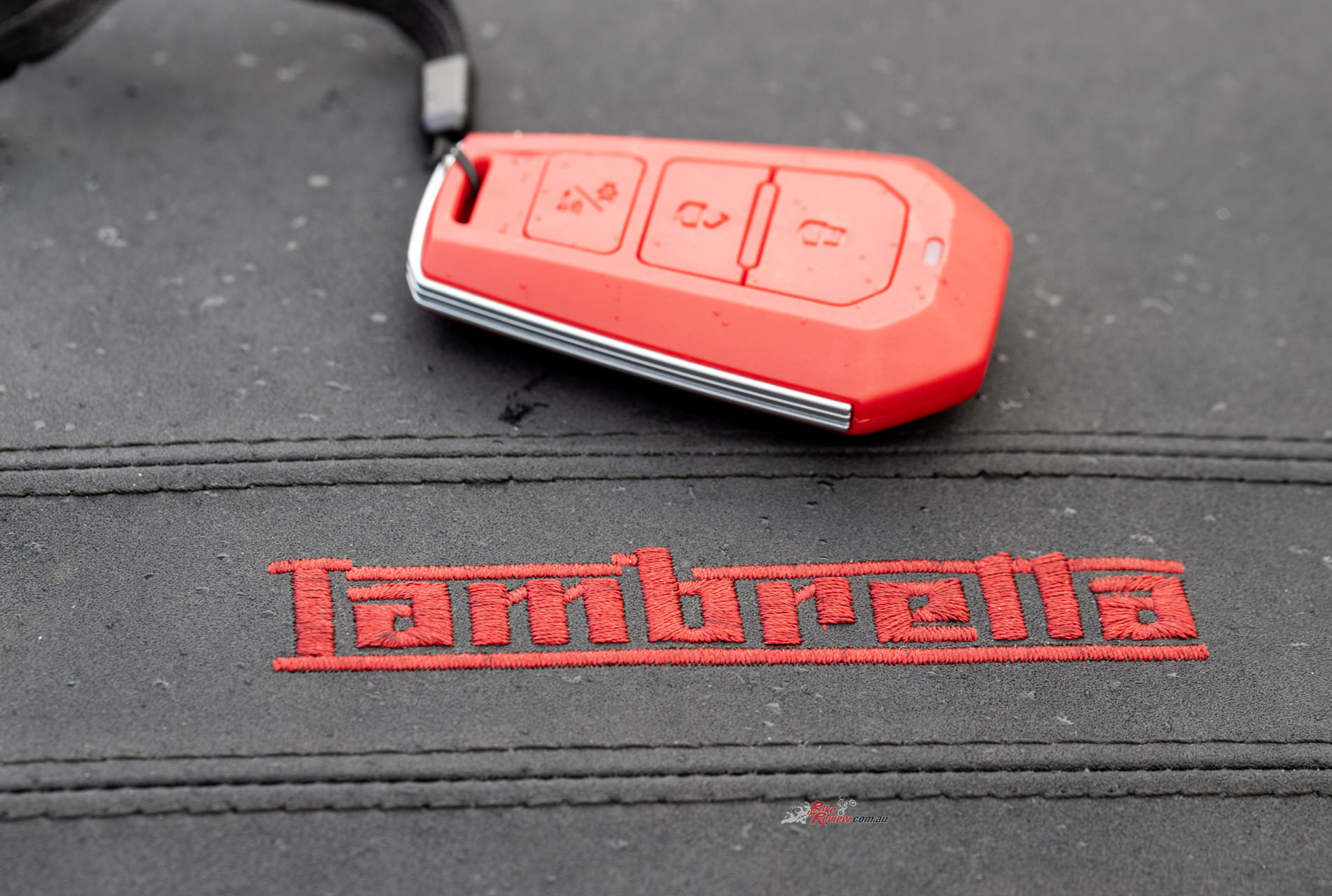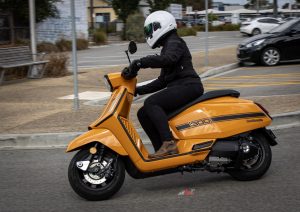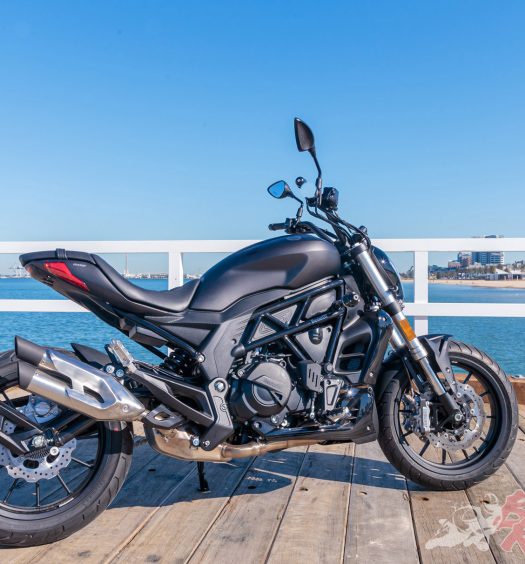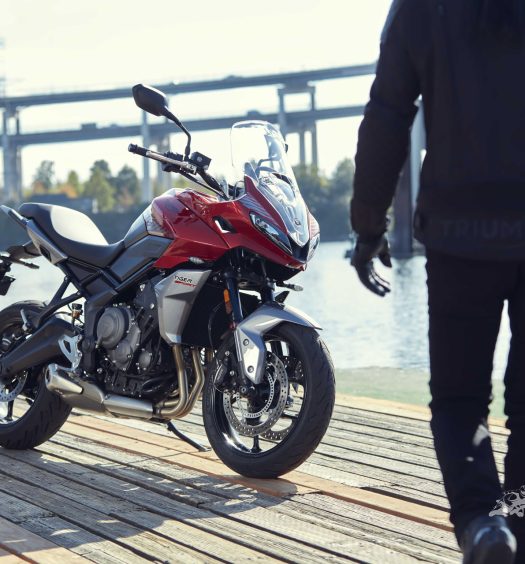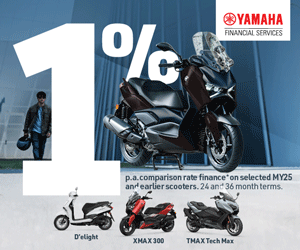One of the most iconic Italian scooter brands has a new lease on life and it begins with an all-new 275cc offering, the Lambretta X300... Test: Kel Buckley Pics: Janette Wilson
Dutch owned, Austrian designed and assembled in Thailand, on paper the 2025 Lambretta X300 couldn’t be further from its namesake’s rich Italian legacy. But its design, build quality and execution is both convincing and authentic. Here’s our Lambretta X300 Test…
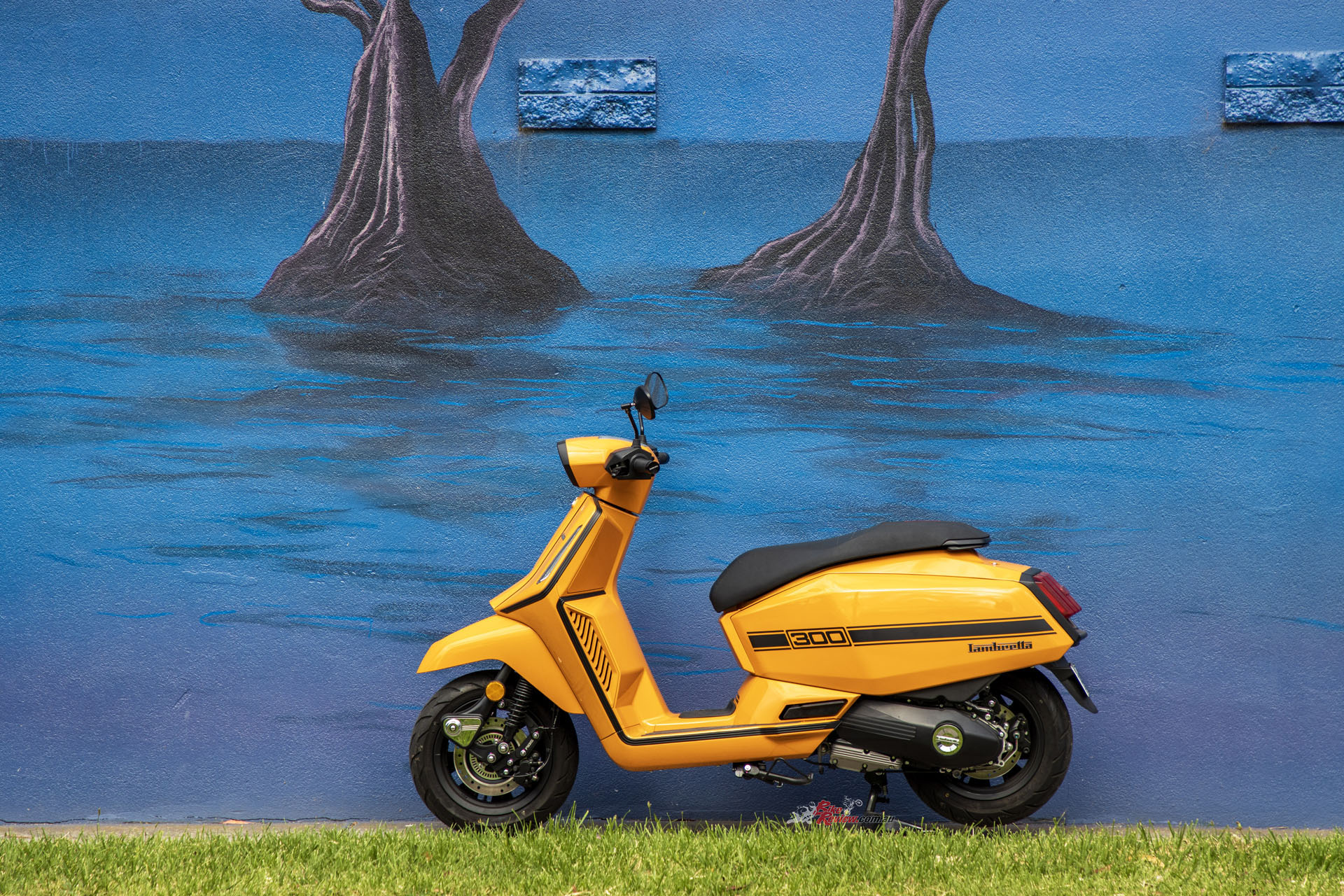
“There’s more than enough get-up-and-go for its urban application, while offering a great compromise between size, weight and available storage”…
When it comes to Italian scooters, it’s Vespa and Lambretta which hold the mantle. Launched in 1946 and 1947 respectively, they’re brands which have garnered cult-like followings over the years for their heritage, design philosophy and cultural impact. So where most scooter brands focus on affordability, practicality and efficiency, Vespa and Lambretta have earned a reputation for producing aspirational and premium offerings which put as much focus on form as they do on function.
Check out our other Scooter content here…
And while Vespa has been producing scooters more or less consistently during the last eight decades, Lambretta’s global presence has been lacking (see sidebar) for some long time. However, with a new owner since 2017 in the form of a Dutch Lambretta enthusiast, design influence by the well-regarded design firm Kiska and assembly and distribution handled out of Thailand, there’s every reason to suggest Lambretta’s rich legacy is set to continue well into the future.
And I’m not very far into my first ride on the 2025 Lambretta X300 when I realise the brand revival has been a carefully considered affair rather than a simple styling exercise, which would be forgiven – if not expected – given the economic climate Lambretta has been forced to navigate since its relaunch.
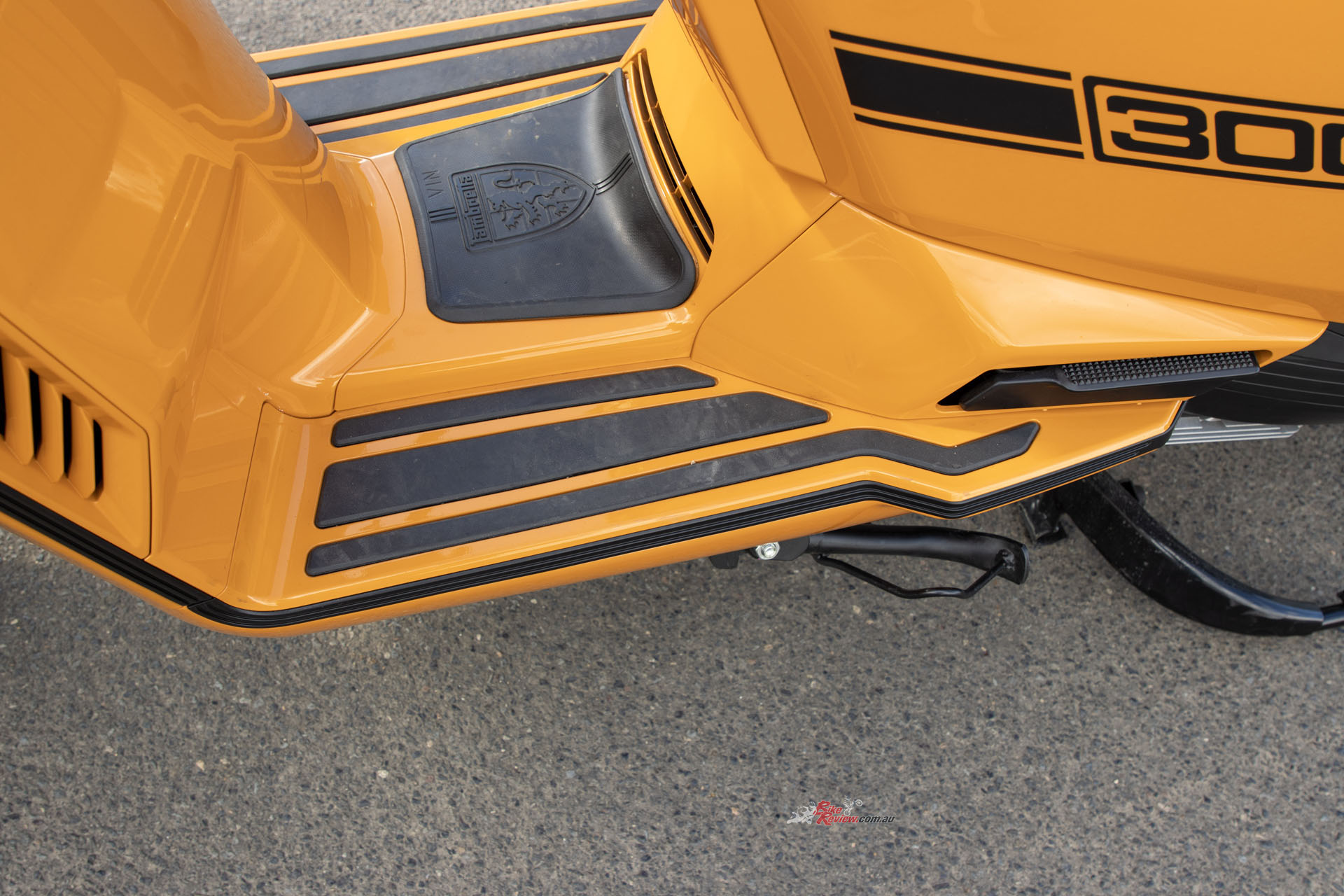
“There’s no opportunity to stretch your legs forward and rest them higher on the bodywork like many other scooters offer”…
The giveaway is just how planted and stable the 12-inch-wheel scooter is, and that’s thanks to the continuation of the steel semi-monocoque chassis which combines steel paneling to provide an unusually comforting rigidity to this urban commuter. You’d have to imagine the Thai assembly plant would have some know-how around the popular underbone frames, which would reduce the cost, weight and complexity of modern Lambrettas, so full marks to Walter Scheffrahn for opting to continue the legacy.
The better balanced chassis is heavier than its underbone equivalents but is in no way detrimental to the end result. It has a claimed weight of 160kg – though Lambretta doesn’t state if that’s a wet or dry figure – it’s lightweight enough to lift onto its centrestand with ease and acceleration is both swift and predictable on the road.
It’s powered by a 275cc single-cylinder engine which has a peak power output of 18.7kW [25.1hp] at 8250rpm and a peak torque figure of 24.5Nm [18.1ft-lbs] which occurs 2000 revs earlier at 6250rpm. There’s more than enough get-up-and-go for its urban application, while offering a great compromise between size, weight and available storage.
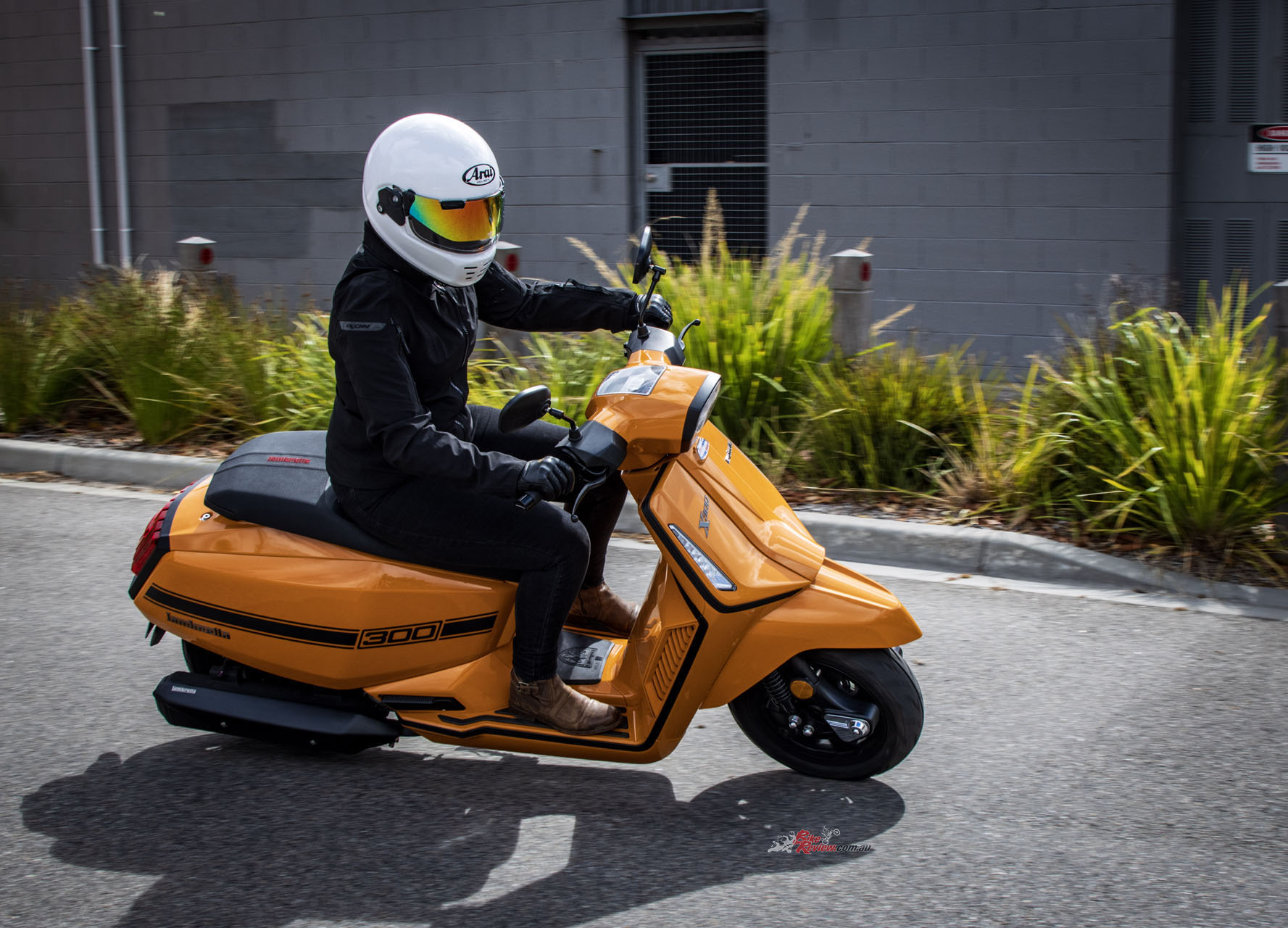
“The giveaway is just how planted and stable the 12-inch-wheel scooter is, and that’s thanks to the continuation of the steel semi-monocoque chassis”…
It has a large, wide rear end which is punctuated by an impressive sized tail light measuring 280mm wide and almost 200mm high, a rear end which facilitates a long wide seat and some decent underseat storage. The storage is not quite big enough to be able to lock a full-face helmet underneath, but an open face goes in no worries, with some room left for a handful of groceries.
It does get quite warm under there, so you might need to be mindful what groceries you’re carrying under the seat if you live a decent distance from your local shop, but there is a pretty comprehensive tool kit attached under the seat itself which includes an 8-10mm spanner, both a phillips and flat-head screwdriver, a spark-plug spanner, a 5mm Allen key and a pair of pliers.
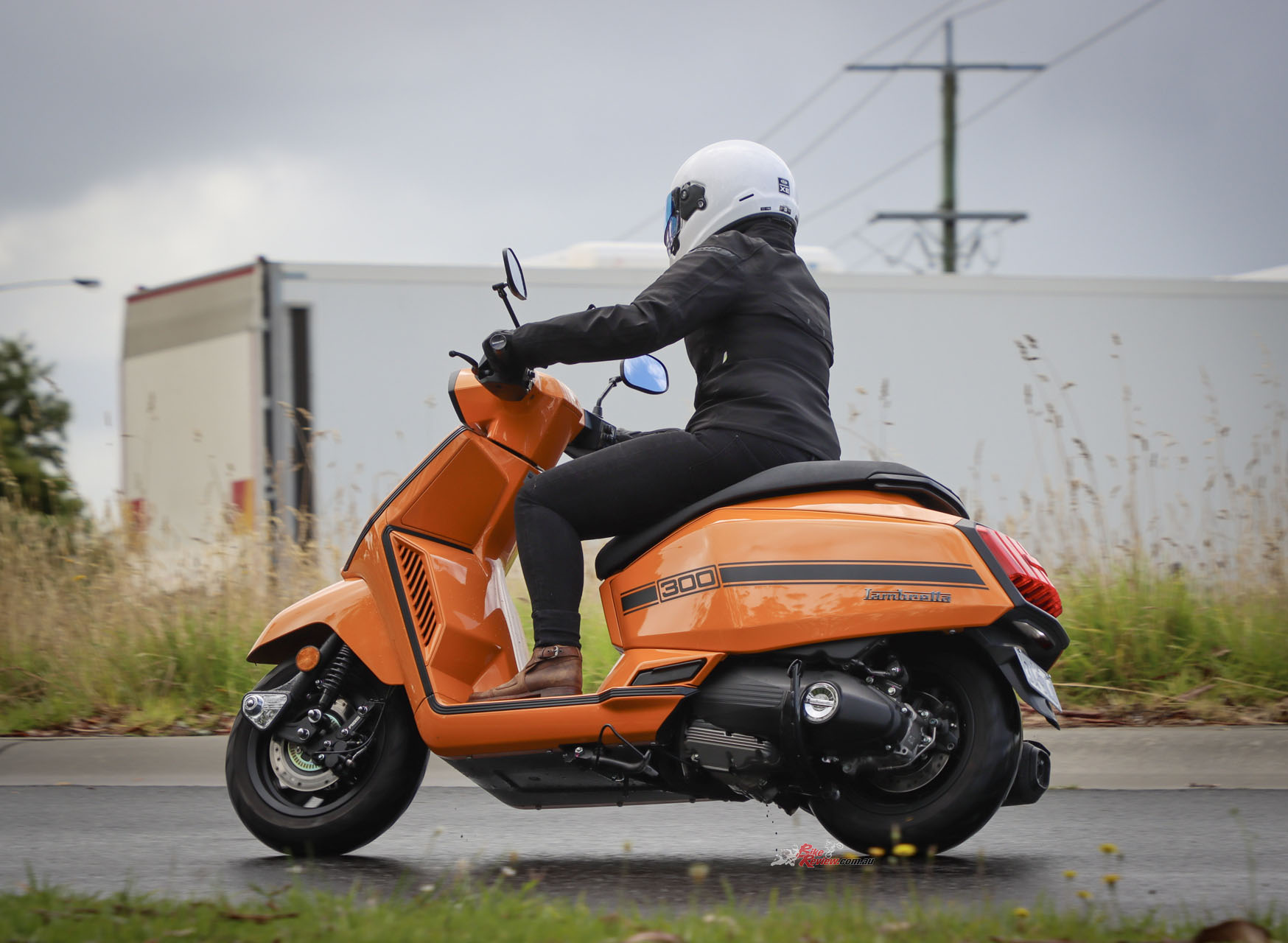
“Lambretta’s signature angular bodywork has been translated beautifully into this modern-day application”…
Lambretta’s signature angular bodywork has been translated beautifully into this modern-day application, including the brand’s trademark fixed front fender and rectangular headlight. It does mean your feet need to stay flat on the floor – there’s no opportunity to stretch your legs forward and rest them higher on the bodywork like many other scooters offer – but the large seat means you should always find a comfortable seating position regardless of your height.
The double-arm link front suspension is matched to a pair of preload-adjustable rear shocks which does a more than adequate job in the X300 application. The ABS-equipped single-disc front end needed quite a hard pull on the lever to return the stopping power I was expecting, but the scooter arrived with next to no kays on the clock and both the power and feel improved as the odometer figure climbed, and I’d expect them to improve even more with more use.
The IRC NR77U tyres felt great in the dry, though I did have a few moments on the front when riding in the wet. However given how long it had been since we’d had any decent rain and how much use the road I was on gets, I suspect it was a result of a greasy surface rather than any shortcomings of the tyres, but can’t be sure.
A nice mix of old and new, the X300 boasts a keyless ignition but sticks with an analogue tacho sitting above an LCD screen. The dash itself is mounted completely flat in the squared-off headlight surround, but it didn’t pose any reflection issues in the varied conditions I rode the bike in. I did find the chinbar on my full-face helmet would sometimes get in the way of quickly being able to glance at the speedo.
There are a handful of nice touches which give the X300 a premium feel; as well as all of the usual suspects, there’s subtle but classy branding on the ’bar ends, on the sleek-looking grips, in the middle of the floor board and in some really well-finished red embroidery on the seat.
Once in proximity with your key stowed in your pocket, you press the ignition switch to turn the bike on. Turning the switch to the right opens a cover which sits in front of your left knee where you can access the radiator cap, while switching the same switch to the left opens the seat where you gain access to the storage compartment, the toolkit and the fuel cap. Because it’s locked away under the seat, the fuel cap doesn’t require a key to open, and swaps a conventional screw-type lid with quite a clever mechanism that locks it in place.
The fuel tank is relatively small with a capacity of 7.5L, but I averaged a consumption figure of 2.8L/100km, which means you’ll easily get well over 200 clicks between fuel stops. When the seat is in the open position, it reveals a small rack which becomes hidden when the seat is closed. While an extended unit would probably offer more practicality, it still allows you some points to tie some luggage or belongings to while making the overall appearance sleeker and cleaner – it’s balancing form and function that the Italians do so well.
There are good sized pillion ‘pegs which fold away into the bodywork, their contrasting black finish doing a clever job of complementing the minimalist graphics of the X300. The switches are basic but intuitive and although the indicator button requires a decent prod to activate, I suspect it will free up with a bit more use, while the mirrors are large and well placed.
Given the level of finish and build quality, and the commitment to remain true to Lambretta’s legacies, the X300’s $9999 ride-away price tag represents good value for money. The KYMCO Agility 16+ 300i is $2500 less expensive, but comes with none of the style and heritage that comes with a Lambretta. And even the least expensive of Vespa’s four 300cc offerings, the GTS300 Classic, is still $3260 more than the X300…
Ferdinando Innocenti launched Lambretta in the aftermath of World War II as a solution to Italy’s need for affordable, efficient transportation. While serving as a symbol of post-war recovery, Lambretta’s combination of affordability, reliability and Italian flair made it a global icon. And there’s no doubt in my mind, Ferdinando would be very pleased with how the latest two-wheeled offering to bear the famous Italian emblem stays true to those very qualities.
Lambretta: past, present & future
Lambretta has had a chequered history since founder Ferdinando Innocenti closed the factory doors in 1973 after 26 years of operation. The production lines were sold to the Indian government, who continued to produce the scooters, while the company went to British shores to BMC-Leyland ending in BMC-Innocenti going bust.
As a result, no one really knew who held the rights to either Innoncenti or Lambretta, but a few decades and a swag of legal battles later, a cashed-up Dutch Lambretta fan named Walter Scheffrahn emerged as the legal owner.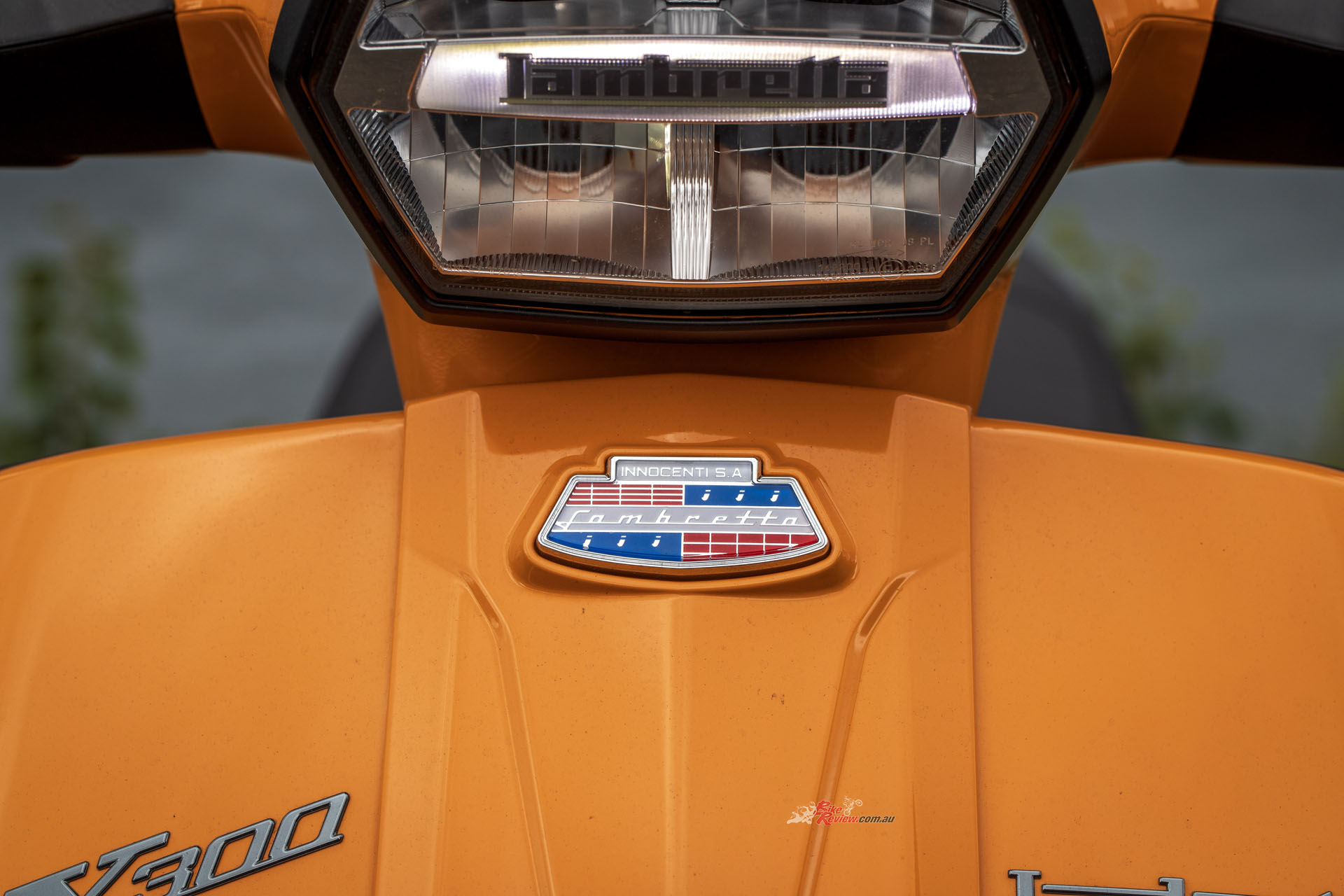
He chose Switzerland as the new home of Lambretta and eight years ago launched a three-tiered Lambretta V series in 50cc, 125cc and 200cc guises, powered by SYM engines. In 2018 Lambretta re-entered the Australian market with the V200 (read our review here), which has now been joined by the X300 which made its public debut alongside the G350 Special during Milan Design Week in 2022. The G350 has just landed in Australian dealerships with a ride-away price of $11,990, while the electric Elettra prototype which appeared at the 2023 EICMA show is so far yet to be confirmed for production.
2024 Lambretta X 300 Specifications
Price: $9990 (ride away)
Colours: White latte, Mustard yellow, Amaro red, Glacier white or Super black
Claimed power: 18.7kW [25.1hp]@8250rpm
Claimed torque: 24.5Nm [18.1ft-lbs]@6250rpm
Weight: 160kg
Fuel capacity: 7.5L
Fuel Consumption: 2.8L/100km
Engine: Liquid-cooled, single-cylinder, four-valve, four stroke, unknown bore x stroke, 275cc, unknown compression, cable throttle Gearbox: CVT Clutch: Dry, centrifugal
Chassis: Steel, semi-monocoque
Rake: N/A Trail: N/A
Suspension: Double-arm link, non adjustable (f), Dual rear shocks, preload adjustable (r)
Brakes: Single 220mm rotor, twin-piston caliper, ABS (f), single 219mm rotor, single-piston caliper (r)
Wheels & Tyres: Cast alloy eight-spoke, IRC NR77U, 130/70-12in (f), 120/70-12in (r)
Dimensions:
Wheelbase: 1370mm
Ground clearance: 190mm
Seat height: 790mm
Overall height: 1117mm
Overall length: 1922mm
Overall width: 741mm
Instruments & Electronics: ABS, keyless ignition and LCD screen.
Ratings | Bike Review | 2025 Lambretta X300


